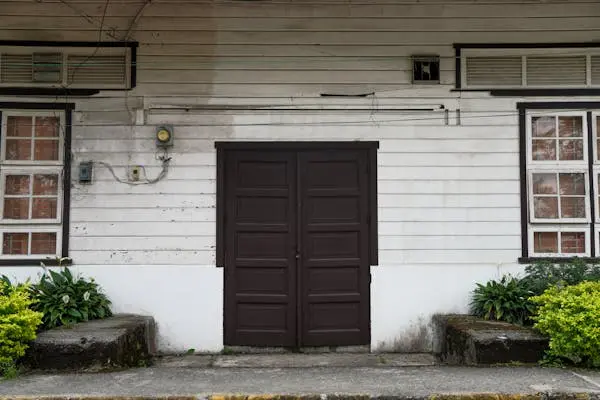Step 1: Research and Identify Abandoned Properties
The first step in buying an abandoned house is identifying suitable properties. Abandoned houses are often found through:
- Local Government and Public Records: Visit county tax assessor's offices or websites to find properties with delinquent taxes, which may indicate abandonment.
- Real Estate Websites and Listings: Some real estate websites specialize in distressed or abandoned properties.
- Driving Around: Exploring neighborhoods can sometimes reveal houses that appear abandoned. Look for signs such as overgrown lawns, boarded-up windows, and piled-up mail.
Step 2: Verify Ownership and Liens
Once you identify a potential property, it’s crucial to verify its ownership and check for any liens. This step involves:
- Title Search: Conduct a title search through a title company or attorney to confirm the owner and discover any outstanding liens or legal issues.
- Contacting the Owner: If the owner can be located, they might be willing to sell the property directly. Be prepared for the possibility that the owner may not be interested or could be difficult to reach.
Step 3: Inspect the Property
Abandoned houses often require significant repairs. Before making any purchase decisions:
- Hire a Professional Inspector: A thorough inspection will reveal structural issues, pest infestations, mold, and other problems.
- Estimate Repair Costs: Get quotes from contractors for necessary repairs. Factor these costs into your budget to ensure the investment makes financial sense.
Step 4: Secure Financing
Financing an abandoned property can be challenging. Traditional lenders may be hesitant to approve loans for such properties. Consider alternative financing options:
- Hard Money Loans: These are short-term loans provided by private lenders based on the property's value rather than the borrower's creditworthiness.
- Rehabilitation Loans: FHA 203(k) loans or Fannie Mae’s HomeStyle Renovation loans can provide funds for both the purchase and renovation of the property.
Step 5: Make an Offer
When you’re ready to make an offer, consider the following:
- Competitive Pricing: Base your offer on the property’s condition and the estimated cost of repairs. It’s wise to offer less than the market value to account for renovation expenses.
- Contingencies: Include contingencies in your offer, such as the right to a professional inspection and the ability to withdraw if major issues are discovered.
Step 6: Navigate Legal and Bureaucratic Hurdles
Purchasing an abandoned house often involves dealing with various legal and bureaucratic hurdles:
- Zoning Laws and Building Codes: Ensure the property complies with local zoning laws and building codes. You might need permits for certain renovations.
- Tax Liens and Clear Title: Make sure any outstanding tax liens are resolved and that you can obtain a clear title to the property.
Step 7: Renovate and Resell or Rent
After purchasing the property, the next steps involve renovating and deciding whether to resell or rent:
- Renovation: Address all necessary repairs and improvements to bring the property up to code and make it marketable.
- Resell: Selling the renovated property can yield a significant profit, especially if the market is strong.
- Rent: Renting the property can provide a steady income stream and long-term investment return.
Conclusion
Buying an abandoned house in the USA requires a strategic approach, from identifying suitable properties and securing financing to navigating legal challenges and managing renovations. While the process can be complex, the potential rewards make it an attractive option for investors and homebuyers alike. By conducting thorough research and planning carefully, you can turn an abandoned house into a valuable asset and a profitable investment.

